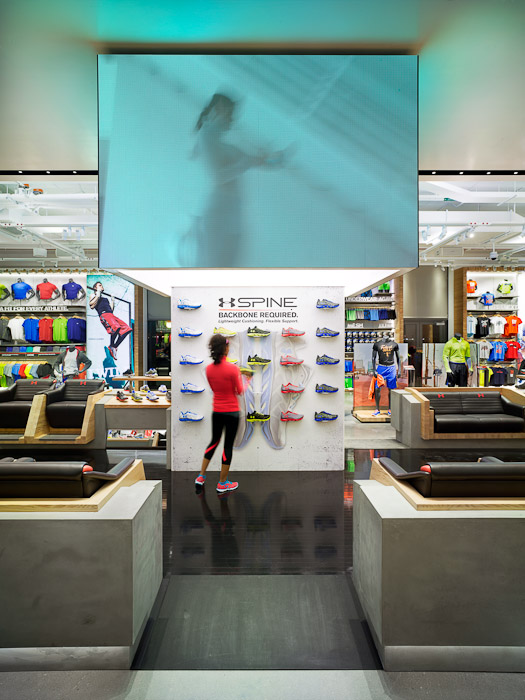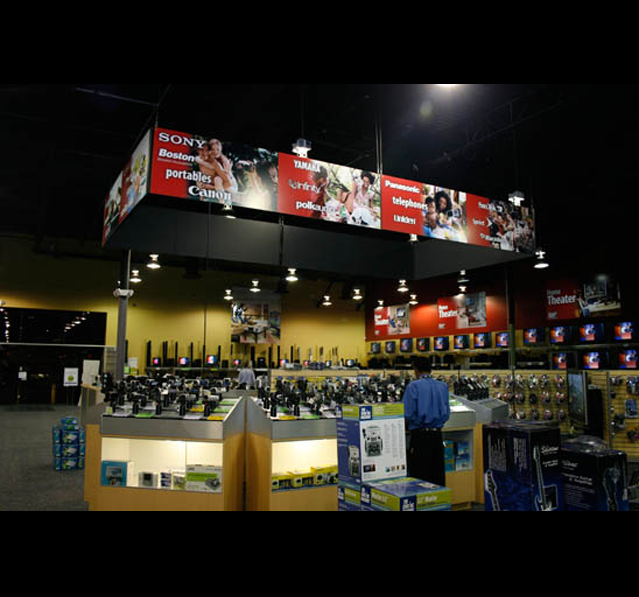Adaptation and nimble responses to the ever-changing retail environment is the name of the game for retailers who are going to win in the new retail economy. Traditional brick and mortar retail will never be completely replaced by online shopping anytime soon, however physical retail locations need to embrace how shopping is changing and provide a seamless experience from in-store to their online experience. Shopping mobile, social media and conversational interfaces are not new, but they will keep playing a big part in purchasing decisions and manufacturers of products, with retailers need to reimagine their in-store experiences to allow for an omni-channel approach to attracting customers. Customers are expecting customized experiences instead of a generic one-size-fits-all approach to shopping, retailers need to be driven by data and leverage analytics to better understand their customers, products, and channels to increase loyalty and sales.
Keeping pace with a multitude of trends requires significant investments of time and resources in order to experiment, investigate, test, implement and measure their success. As the saying goes, time is money – so how do retailers adapt fast without assuming too many risks?
The critical step is prototyping.
Prototyping empowers brands, retailers, and manufacturers alike to expedite the rollout and testing of new products, stores, digital plans and innovative retail spaces and approaches. Prototyping allows companies to learn on a small scale and once a solution is identified and tweaked, scaling can happen quickly to roll out a new brand, product or store and find a higher success rate.
Multiple prototypes can provide an opportunity to compare results and see where the best investments are going to be. Instead of investing in a complete and costly solution, retailers should leverage an agile approach to develop different prototypes to reduce risks and potentially discover new business models. Prototyping may also result in a complete change in business operations leading to a new product or out-of-the box approach that would not have been discovered without a prototype step in the process.
Product manufacturers with in-store presence and retailers can use prototyping in a multitude of applications depending on their situation and goals. Stores, fixtures, business process or store within a store concepts can all be tested out in a prototype stage. Take a look at the various ways to prototype at retail.
-
New Build and Remodel: Retailers plan new build and remodel programs by evaluating both customer and business needs with market expansion and real estate strategy as key components. Brands are free to solve problems and stay locally relevant while reining in and fine tuning the expenditures needed to provide experiential retail and value-added services. Regional and cultural nuances that the prototype-store design fails to serve can be accounted for. Stores can be reconfigured to plan for both clicks & bricks — as an omni-channel approach is used.
- Fixtures: Prototyping a fixture that will be distributed around the country or globe allows you to compare performance with prior fixtures used or a second version of a fixture and pick the one that performs best. The tweaks to the design can allow for best performance before rolling out nationally.
- Media: Prototyping can find application by testing solutions that address the customer-facing side of commerce, such as conversational interfaces or social media integration, allow retailers to test different ways of interacting with shoppers through physical retail solutions or web design.
- Marketing: Prototyping can be used to test market to different groups. Such as marketing campaigns to test personalization and target audience segments, allows retailers to analyze the success rate of tactics without changing the overall marketing strategy.
- Logistics: Prototyping back-end support services, like a third-party logistics service or a new digital platform, can help retailers determine how services impact costs and business processes.
- Technology: Emerging technology, such as facial recognition, AR, IoT and big data solutions, can be prototyped to help retailers analyze if these innovations impact sales and drive customer loyalty.
To customers, retail is retail. The challenge for all of our brands (whether a chain store or a manufacturer) is seeing ourselves the way the customer sees us. Brands will succeed by investing in integrated, omni-channel brand experience and technology strategies that map a shopper’s experience, regardless to place, space, and time. Prototyping allows us to get to the best solutions without using our complete budget, before we make changes to adapt to what works.








